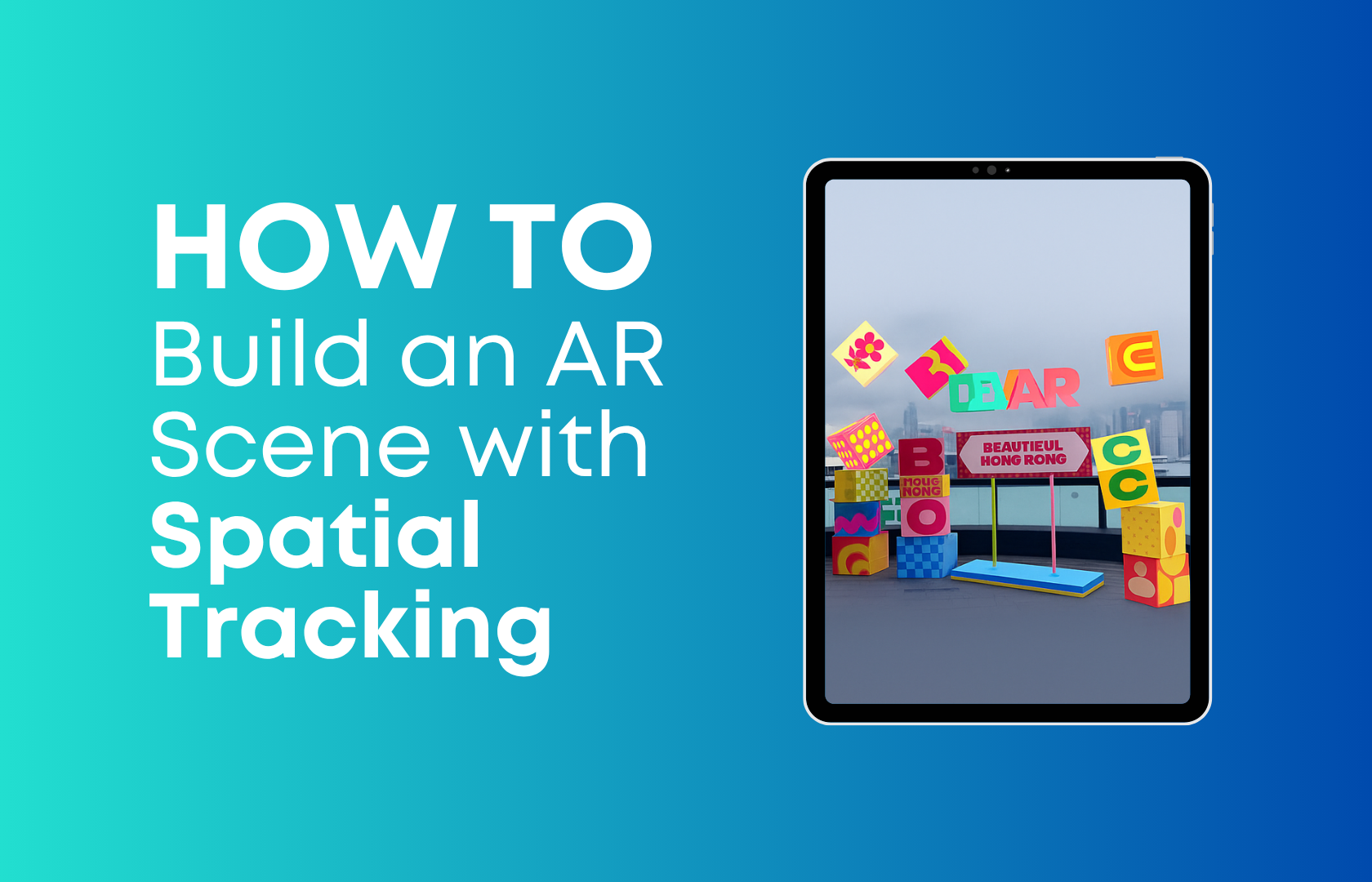Augmented Reality for Furniture:
Enhancing the Shopping Experience
As technology continues to evolve, retailers are looking for ways to create a more engaging and personalized shopping experience for their customers. Augmented Reality (AR) is one of the emerging technologies that is transforming the furniture industry. AR technology allows users to interact with virtual furniture in the real world, creating an immersive and unique shopping experience that traditional shopping cannot match. In this article, we will explore what AR for furniture is, its benefits, why it should be used, examples of AR for furniture, and how to integrate AR into your business using the Room Planner software.
What is Augmented Reality for Furniture?
Augmented Reality for furniture is the application of AR technology to create an immersive shopping experience for customers. AR technology overlays digital furniture elements, such as images or videos, onto the real world, creating an enhanced version of the physical environment. AR technology is usually accessed through mobile devices such as smartphones or tablets, with the use of a camera and an AR application.
The Benefits of Augmented Reality for Furniture
AR technology has revolutionized the furniture industry by providing various benefits to businesses. Here are some of the advantages of using AR in the furniture industry:
- Improved visualization: AR technology allows customers to visualize the furniture in their space before making a purchase. Customers can use AR to see how the furniture would look in their room and make informed purchase decisions.
- Reduced returns: With the help of AR, customers can see how the furniture would fit in their space, resulting in fewer returns and increased customer satisfaction.
- Increased engagement: AR technology provides an interactive and immersive experience that can increase customer engagement. By providing an engaging experience, brands can create a lasting impression on consumers, resulting in increased brand loyalty.
- Reduced costs: AR can be used to create virtual showrooms, reducing the costs associated with physical showrooms. Brands can also save on shipping costs by allowing customers to view and experience the product virtually.
- Enhanced customer experience: AR provides a unique and personalized shopping experience, creating an emotional connection between the customer and the product. By providing an enhanced customer experience, brands can create a competitive advantage in the market.
These benefits highlight the importance of integrating AR into the furniture industry. By leveraging AR technology, businesses can create a unique and engaging experience for customers, resulting in increased customer loyalty and improved brand perception.
Why Use Augmented Reality for Furniture?
The effectiveness of AR in the furniture industry can be seen in the following statistics. A survey found that 71% of customers said they would shop at a store more often if it offered AR, and 40% of customers said they would be willing to pay more for a product if they could experience it through AR. Furthermore, 58% of surveyed customers said they would be more likely to purchase furniture online if they could use AR to visualize the product in their space. These statistics indicate that AR can be a powerful tool in driving sales and improving customer satisfaction. Businesses that incorporate AR into their marketing strategies are likely to see a positive impact on their bottom line.
Examples of Augmented Reality for Furniture
AR technology has become increasingly popular in the furniture industry as a means of providing customers with immersive experiences that leave a lasting impression. Below are some examples of how well-known brands have used AR to enhance their shopping experience:
Wayfair
Wayfair’s AR app allows customers to visualize furniture in their space with the help of AR technology. Customers can select furniture from the app’s catalogue, place it in their space, and see how it would look in real-time. This creates a more personalized shopping experience, resulting in increased customer satisfaction and loyalty.
IKEA
IKEA’s AR app allows customers to visualize furniture in their space and make informed purchase decisions. Customers can use the app to virtually place IKEA furniture in their rooms, adjust the size and position, and even explore different color options. This enables customers to see how the furniture fits their existing décor and make confident purchasing choices.
Houzz
Houzz, an online platform for home design and remodeling, offers an AR feature that allows users to virtually try out furniture and décor products. Customers can use the app to see how specific items would look in their homes, experiment with different styles, and get a realistic sense of how the products will complement their space.
These examples demonstrate how AR can significantly enhance the furniture shopping experience by providing customers with the ability to visualize and interact with products in a more personalized and realistic way. By implementing AR technology, furniture brands can differentiate themselves from competitors, increase customer engagement, and drive sales.
How to Integrate Augmented Reality
into Your Furniture Business
Integrating AR into your furniture business doesn’t have to be complex. The Room Planner software offers a user-friendly solution for incorporating AR into your product offerings. Here’s a simple step-by-step process to integrate AR into your furniture business using Room Planner:
- Create a digital catalog: Start by digitizing your furniture catalog, including high-quality images, 3D models, and relevant product information.
- Develop an AR application: Utilize the Room Planner software to develop an AR application that allows customers to view and interact with your furniture in their space. The software provides intuitive tools for creating virtual environments and placing digital furniture accurately.
- Enable online access: Make your AR application accessible online through your website or a dedicated app. This ensures that customers can access the AR experience easily and conveniently.
- Promote and educate: Market your AR offering to your target audience, highlighting the benefits and unique experiences it provides. Educate customers on how to use the AR application effectively, and provide customer support if needed.
- Analyze user data: Leverage the analytics capabilities of the Room Planner software to gather data on user engagement, preferences, and conversion rates. Use this data to optimize your marketing strategy and improve the AR experience for your customers.
By following these steps, you can successfully integrate augmented reality into your furniture business and provide customers with a truly immersive and personalized shopping experience.
In conclusion, augmented reality has the power to revolutionize the furniture industry by enabling customers to visualize and interact with products in their own spaces. The benefits of AR, such as improved visualization, increased customer engagement, and enhanced customer satisfaction, make it a valuable tool for furniture businesses. By embracing AR technology and leveraging solutions like Room Planner, furniture brands can stay ahead of the competition, drive sales, and create a memorable shopping experience for their customers.




















